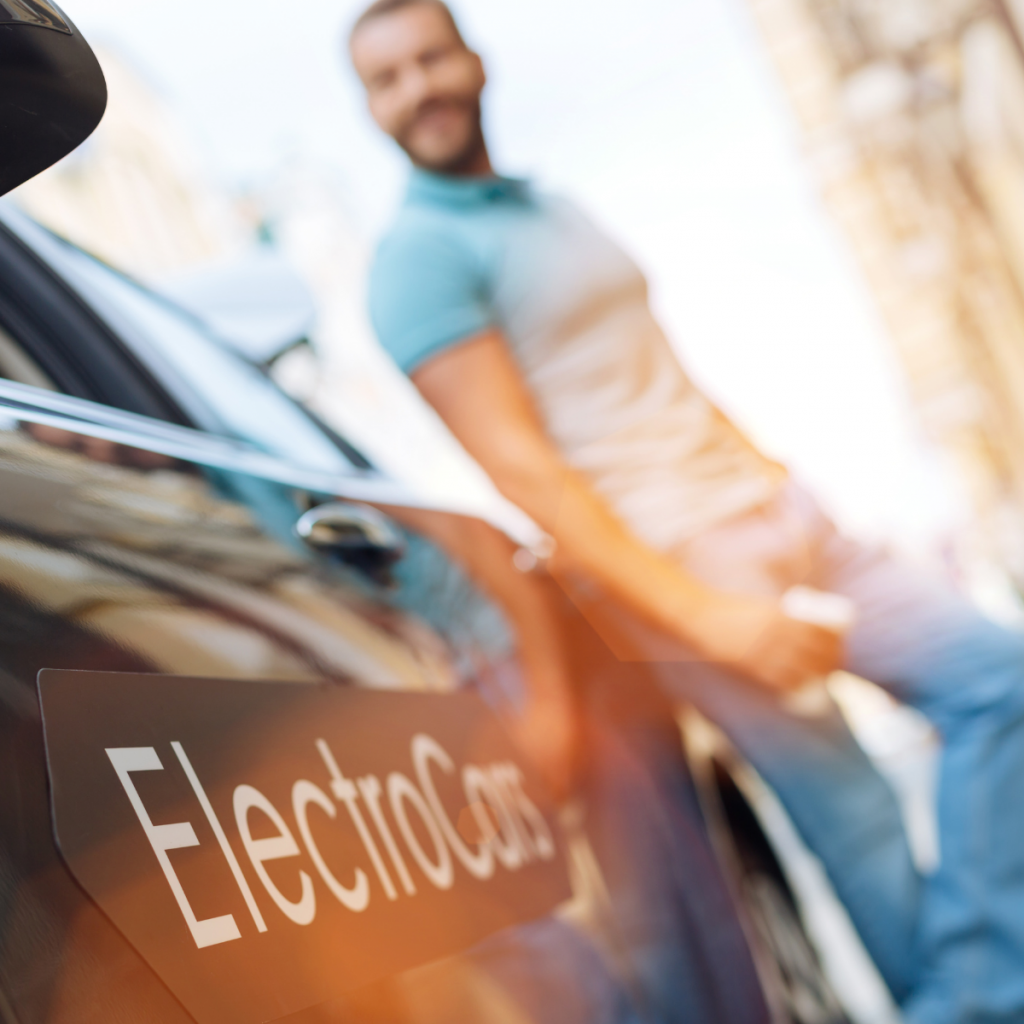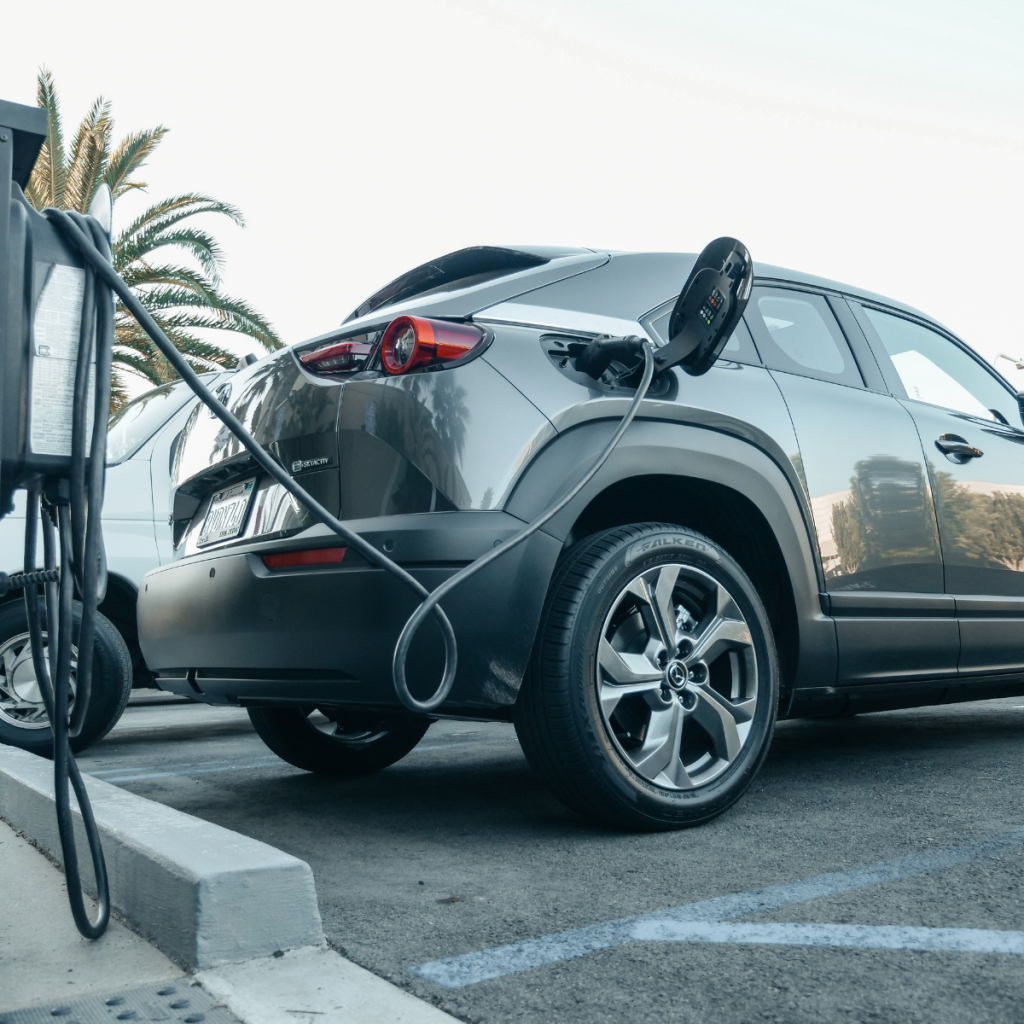The automotive industry is undergoing a massive transformation, with electric vehicles (EVs) increasingly gaining popularity as a sustainable alternative to traditional gasoline-powered cars. But can electric cars truly replace gas-powered vehicles, or is this just an ambitious goal for the future? In this comprehensive article, we’ll explore the key factors surrounding the shift from gasoline to electric cars, the challenges involved, and how EVs are reshaping the transportation landscape. With advancements in technology, government policies, and growing consumer demand, the potential for electric cars to replace their gas counterparts is within reach—however, several hurdles must still be overcome. Let’s dive deeper into the world of EVs and examine their role in the future of mobility.
1. The Growing Popularity of Electric Cars
Over the past decade, electric cars have seen significant growth in terms of both popularity and availability. From luxury sedans to affordable family models, EVs are making their way into every segment of the market. This shift is largely due to environmental concerns, rising fuel prices, and a growing focus on sustainable living. Electric vehicles are seen as a key solution to combat climate change by reducing greenhouse gas emissions and air pollution.
Consumers are increasingly aware of the long-term benefits of EVs, not only from an environmental standpoint but also for economic reasons. With fuel prices fluctuating and oil dependency being a growing concern, electric cars offer a stable and predictable cost for fueling. Additionally, government incentives, such as tax rebates and grants, have made EVs more affordable for a broader range of people.
2. Technological Advancements in EVs
A major factor contributing to the success of electric vehicles is the continuous advancement in EV technology. From more efficient battery systems to faster charging infrastructure, innovations in technology have helped overcome some of the limitations that electric cars once faced.

Battery Technology Improvements
One of the biggest challenges for electric cars is battery life and range. However, advancements in battery technology, particularly lithium-ion and solid-state batteries, are significantly improving both range and charging times. Many modern electric cars can travel over 300 miles on a single charge, making them more practical for daily use and long-distance travel.
Charging Infrastructure
Charging stations for electric cars are expanding rapidly, especially in urban areas. The widespread installation of fast-charging networks has made it easier for EV owners to recharge their vehicles quickly, often within 30 minutes to an hour. These advancements in charging technology mean that concerns about long charging times and limited access to charging stations are being addressed, further encouraging the adoption of electric vehicles.
Vehicle Performance
Electric cars are known for their quiet operation, instant torque, and smooth acceleration. Thanks to their electric motors, EVs provide an exceptional driving experience. Moreover, electric motors are less prone to wear and tear than internal combustion engines, which can result in lower maintenance costs for EV owners over time.
3. Environmental Impact of Gas-Powered Vehicles
One of the primary reasons for the push toward electric vehicles is the environmental impact of gasoline-powered cars. Internal combustion engines (ICE) contribute significantly to air pollution, greenhouse gas emissions, and global warming. According to the U.S. Environmental Protection Agency (EPA), transportation is the largest source of greenhouse gas emissions in the country, with gasoline-powered cars being the biggest culprits.
Electric cars, on the other hand, produce zero tailpipe emissions, making them a much cleaner alternative. When paired with renewable energy sources such as solar or wind power, EVs have the potential to create a completely sustainable transportation model that could significantly reduce the world’s reliance on fossil fuels.
Additionally, electric vehicles help reduce harmful pollutants like nitrogen oxides and particulate matter, which are often associated with the operation of gas-powered cars. This reduction in air pollution is particularly important in cities with high population densities, where air quality is a major concern.
4. Cost of Electric Cars vs Gas-Powered Vehicles
While electric cars offer many benefits, one of the biggest hurdles to their widespread adoption is the higher initial purchase price. EVs are typically more expensive than their gas-powered counterparts due to the cost of batteries, which remain one of the most expensive components in electric vehicles.
However, the long-term cost savings of owning an electric car cannot be ignored. EV owners spend less on fuel and maintenance compared to gas-powered car owners. The cost of charging an electric car is far lower than refueling a gasoline vehicle, and EVs have fewer moving parts, which means less frequent and less expensive maintenance.
Government incentives, including rebates and tax credits, also help offset the initial cost of purchasing an electric vehicle. Furthermore, as battery technology improves and economies of scale are realized, the cost of electric cars is expected to continue to decrease, making them more accessible to a wider range of consumers.
5. Energy Source Considerations
A critical aspect of replacing gas-powered vehicles with electric cars is ensuring that the electricity used to charge EVs is generated from clean, renewable sources. While EVs themselves produce no tailpipe emissions, the overall environmental benefit of electric cars depends on how the electricity is sourced. If the electricity is generated from coal or other fossil fuels, the environmental advantages of driving an electric car are diminished.

To truly replace gas-powered vehicles, a shift to renewable energy sources, such as solar, wind, and hydroelectric power, will be necessary. Many countries are already making strides in this direction, with an increasing percentage of their electricity coming from renewable sources. As renewable energy becomes more widespread, the environmental benefits of electric vehicles will continue to grow, making them an even more sustainable option for the future.
6. Challenges to Widespread Adoption
Despite the many advantages of electric vehicles, there are still several challenges that need to be addressed before they can fully replace gasoline-powered cars on a global scale. Some of the key challenges include:
Battery Recycling and Disposal
The environmental impact of battery disposal and recycling is a significant concern. While EV batteries are designed to last a long time, eventually, they will need to be recycled or disposed of. Ensuring that the recycling process is efficient and environmentally friendly is crucial for the long-term sustainability of electric vehicles.
Range Anxiety
Although EV ranges are continually improving, many potential buyers still experience “range anxiety” – the fear that their electric car will run out of charge before they reach their destination. While charging infrastructure is expanding, there are still areas where charging stations are limited, especially in rural regions.
Infrastructure Challenges
In addition to charging stations, other parts of the EV infrastructure, such as maintenance services and supply chains, need to evolve to accommodate the growing number of electric vehicles. This requires investment in specialized training for mechanics and technicians, as well as the establishment of service networks that can handle the unique needs of electric cars.
7. The Future of Electric Vehicles
As governments around the world push for stricter emissions standards and greater investments in clean energy, the future of electric vehicles looks bright. Many automakers have already committed to electrifying their fleets, with some promising to phase out gas-powered vehicles entirely within the next few decades.
The advancement of technology, particularly in areas like battery life, charging speed, and vehicle performance, will continue to make EVs more practical and attractive to consumers. As more people make the switch to electric cars, the infrastructure supporting them will grow, helping to alleviate some of the challenges currently faced by EV owners.
Ultimately, while there are still challenges to overcome, the future of transportation is undoubtedly electric. With the potential to reduce our carbon footprint, lower fuel costs, and improve air quality, electric cars are set to play a central role in the future of mobility, offering a cleaner, more sustainable alternative to gas-powered vehicles.
Conclusion
Electric vehicles are undoubtedly the future of transportation, offering significant environmental and economic advantages over gasoline-powered cars. While there are challenges to their widespread adoption, advancements in technology, government policies, and growing consumer demand are pushing the industry in the right direction. As electric cars continue to improve in terms of performance, affordability, and range, they are becoming a viable option for more and more drivers. With the right investments in infrastructure and renewable energy, electric cars have the potential to completely replace gas-powered vehicles, ushering in a new era of sustainable transportation.

Leave a Reply